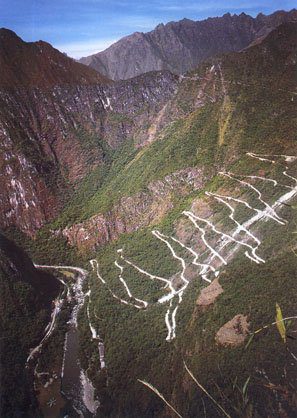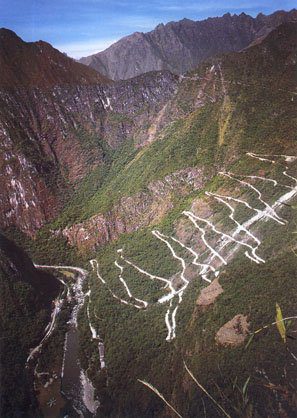 Probably all of us have, at a certain point, went on a trek in the mountains, or at least went up a hill of some sort. The shortest way to walk on flat terrain is still a straight line, but it has been proven that if you are going up a hill, zig zagging is the way to go.
Probably all of us have, at a certain point, went on a trek in the mountains, or at least went up a hill of some sort. The shortest way to walk on flat terrain is still a straight line, but it has been proven that if you are going up a hill, zig zagging is the way to go.
“You would expect a similar process on any landscape, but when you have changes in elevation it makes things more complicated,” said study author Marcos Llobera of the University of Washington. “There is a point, or critical slope, where it becomes metabolically too costly to go straight ahead, so people move at an angle, cutting into the slope. Eventually they need to go back toward the direction they were originally headed and this creates zigzags. The steeper the slope, the more important it is that you tackle it at the right angle.”
They even went further and created a simple mathematical model showing that a zigzagging course is in fact the most efficient way to go up or down a steep slope. Still (this sounds very familiar), people do this without thinking; we zigzag because our brain calculates unconsciously that it’s better to do this.
“I think zigzagging is something people do intuitively,” Llobera said. “People recognize that zigzagging, or switchbacks, help but they don’t realize why they came about.”
Not quite the most useful study, but still very interesting.









